Naturally in rhythm, a destination like no other, sparkling emerald jewels, Marianacation, the heart and soul of the Caribbean: this is how the United States territories advertise themselves in the context of tourism on their respective websites to attract visitors. Being a $1 trillion industry worldwide, tourism has long been thought of as an economic growth engine that can spur development and growth. Capitalizing on how they are perceived, their current relationship with the United States, and their unique characteristics, Puerto Rico, Guam, the US Virgin Islands, American Samoa, and the Northern Mariana Islands have all sought to get a piece of the pie.
But in examining the role tourism plays in daily life in each of these paradisiacal islands, a more complex and nuanced reality emerges, one that varies from territory to territory. What is an essential economic lifeline for some barely registers as an industry for others, or worse, represents a housing or cultural threat to locals.
Add in external factors like natural disasters, the COVID-19 pandemic, or international conflict, and the level of reliance on tourism as a measure of GDP can be either a blessing or a curse. Recognizing these realities, the territories then must make difficult choices about their future with regard to tourism, its impact on their economies, and how they wish to develop going forward.
Tourism in the territories today
A relatively modern industry, tourism can be seen to have a noticeable impact in the territories and the rest of the world with the advent of the 20th century. The advancement in transportation technologies introduced the idea of traveling for leisure and business purposes on a temporary basis, as Puerto Rico saw when the Condado Vanderbilt Hotel opened in 1919. However, the development of the tourism industry has always brought an element of criticism and controversy.
Dennis Merill wrote that the “tourism industry in the Caribbean is viewed by its critics as causing host countries to practice economic subservience to the visitors of the islands.” This kind of thinking would be prescient to the issues and debate tourism elicits today in the territories. Those controversies, however, were not enough to deter its development and growth.
Today there is no shortage of travel advice and content touting the features and reasons to visit the islands. Fostered by government agencies and marketing organizations conceived solely to promote the territories as attractive travel destinations, today, there are active, concerted efforts to continue encouraging touristic travel.
From American Samoa’s remoteness, unique character, and relatively absent tourism industry to the relationships you can build with the people of Guam, there are many reasons put forth to visit the territories. Encouraged by the economic activity travelers from all over the world bring, some tie their entire economic hopes to this sector of the economy.
While the territories target different consumers—Guam and the Northern Mariana Islands receive mostly tourists from Japan, South Korea, and Taiwan, while Puerto Rico and the US Virgin Islands cater usually to mainland US travelers—the incentives are the same. Travelers want to spend money on experiences, lodging, and services, and locals can fill that role, fostering the development of jobs, small businesses, and, consequently, economic growth for the islands.
Based on this perspective, groups seek to encourage the participation of locals in efforts to expand touristic offerings. Excited for the potential of growth and economic recovery after the pandemic and other external factors, the hope rings true from the South Pacific to the Caribbean.
The economic impact
Depending on the territory, the actual economic extent of tourism varies a lot. In American Samoa, in terms of economic activity, tuna fishing, and processing are considered the backbone of the private economic sector. The territory’s remoteness and communally-owned land economy also present obstacles to the establishment of a tourism sector like in other areas.
Further north in the Pacific, both Guam and the Northern Mariana Islands have economies heavily dependent on federal spending and tourism. For instance, tourism is 21.6% and 10% of the two territories’ labor forces, respectively. This also presents a significant vulnerability, as evidenced by how SARS, the Iraq War, and the Japanese economy and accompanying yen-to-dollar adjustments have significantly impacted tourism, with COVID-19 and Super Typhoon Yutu severely disrupting their economies.
With their economies recovering, both territories of the Marianas island chain actively promote travel through the Guam Visitors Bureau and the Marianas Visitors Authority. Their efforts show signs of paying off: both have registered sizeable increases in visitors, according to recent reports. The impact is large, as the Northern Mariana Islands registered a $96 million economic impact just from the resumption of travelers from South Korea alone (that figure is 7.7% of the territory’s GDP).
Over in the Atlantic, for the US Virgin Islands, this sector is indispensable. Tourism is the territory’s leading industry, and it is on the rise. In 2022, the territory saw the number of tourists increase by 31.6%, and its post-pandemic recovery shows no signs of slowing down, despite challenges. Coupled with new federal investments, new incentives, and the benefit of US visitors not needing a passport to travel, the USVI is set for breaking records. Already the islands are growing faster in the number of visitors than any other destination in the Caribbean. They’ve even received several awards for their efforts.
In Puerto Rico, a similar rebound is underway after the territory adopted a new approach, establishing a destination marketing organization now known as Discover Puerto Rico. The organization was recently named one of the most innovative companies, as 2022 is being called its strongest year in tourism history, as new flights are introduced, and record tax collections from Airbnb generated more than $60 million. In fact, Puerto Rico leads the list of jurisdictions with the most Superhosts on the platform, which serves as an indicator of the popularity of lodging spaces on the islands.
What holds true for all territories, despite the size of the tourism industry in their economies, is that the revenues generated are significant. According to data from the World Tourism Organization, while the industry has represented anywhere from 2.7% (Puerto Rico in 2020) to 55.41% (Northern Mariana Islands in 1995) of the territories’ GDP, the absolute amount of economic impact is still large. Estimates from the latest data for each territory show impacts in 2020 of $2.92 billion for Puerto Rico, $698 million for Guam, $686 million for the US Virgin Islands, $200 million for the Northern Mariana Islands in 2019, and $22 million for American Samoa in 2017; not insignificant amounts for governments facing a multitude of challenges and budget shortfalls.
Facing obstacles from factors outside their control, it can be understood why governments in the territories make an effort to attract tourism dollars. That said, precisely because of those external factors (and others like inconsistent data and reporting), for many in the islands, the actual impact, whether economic or otherwise, cannot be reduced just to dollar amounts.


The cultural, human, and environmental context of tourism
When accessing the reports and research sections of the agencies in charge of tourism for the territories, you’ll find all sorts of data and analysis in terms of economic factors, jobs, and travel statistics. But as was pointed out since the establishment of the industry in the islands, there are other important factors that encompass the true impact of tourism.
The debate on the other consequences and impact of this sector is perhaps the most evident in Puerto Rico. Amidst local economic, population, and environmental crises, fear of gentrification and displacement has come up in the face of policies that favor travel and visitors. In some communities, the success of platforms like Airbnb has led to rising housing costs and displacements of locals. A recent study found that in the middle of a housing crisis, the “large proportion of entire homes listed on short-term rental platforms signals that there are a significant number of housing units that are outside of the traditional housing market and thus unavailable for long-term rental clients.”
This is happening in the context of Puerto Rico pursuing outside investment through laws like Acts 20 and 22, which provide tax credits and tax exemptions to businesses and individuals who move to the islands and engage in eligible activities there. Reporters like Bianca Gralau have highlighted what is now a fierce debate on environmental impact, identity, and commodification of culture. The rush of Americans from the mainland buying property in the territory and taking advantage of tax credits is, to some, a purposeful push for a “Puerto Rico without Puerto Ricans,” a theory that the US is intending to replace locals with white Americans, similar to what happened in Hawaii. The issue has even made it to a Bad Bunny music video.
The reality is more nuanced—while non-Hispanic residents of Puerto Rico went up from 1.0% to 1.1% of the overall total population since 2010, the actual number of non-Hispanic residents went down by 503 individuals. In other words, the number of residents who are not locals is less than a decade ago, but since the territory is losing population, they now form a slightly bigger percentage of the total. This does not negate the displacement happening in certain communities, but it does show how facts like these lend themselves to different narratives depending on your perspective.
There are now different groups that have formed a backlash to the backlash and why the matter remains so controversial. There’s even a coalition for short-term rental property owners that has a link on the Discover Puerto Rico website. This kind of positioning by the organization is provoking outrage in some circles, with recent controversies about the racial identity of a family used in a tourism campaign and whether the intention of these efforts is only to help mainland companies.
As with everything involving the territories, there is passionate debate on either side of the issue. A recent poll commissioned by Discover Puerto Rico showed that “87% of Puerto Ricans are proud to share their culture with travelers.” But take a look on Twitter, and for many in the territories, the current situation is the epitome of colonizing behavior.
In fact, this debate is not exclusive to Puerto Rico. Some form of similar arguments has presented itself across every single territory. Whether it is discussions on the balance between preservation and gentrification in the limited land of the US Virgin Islands, to the militarized gentrification of Guam, this conversation is happening across all of these islands. The debate has even taken a national security consideration, with the influence of China in the Northern Mariana Islands through tourism enterprises coming under examination by both local residents and global outlets.
As a Puerto Rican living on the island, I urge all our fellow Americans (regardless of the color of their skin) to come to Puerto Rico 🇵🇷, have a good time, be respectful, and support our local businesses. TY! 🙏🏼
— Aurelio Agélviz 🧢👨🏻💻🇵🇷🇺🇦 (@AgelvizPR) April 19, 2023
The debate on tourism in the territories is far from settled.
To tourism or not to tourism
With practical, economical considerations, passionate discourse, and nuanced realities, the path forward is not one with easy-to-make decisions. That said, there are lessons to be learned on how managing tourism and its consequences should be done to minimize hurting locals. Efforts to involve communities, ecological considerations, and even advances in technology might provide better pathways than the status quo.
Jurisdictions like Hawaii and Panama have been shown to engage local communities in their tourism strategy. To some extent, there are signs of the same happening in Puerto Rico, but the matter is obviously far from settled.
For the territories, the debates around tourism are intrinsically tied to their colonial status within the US. Should that change somehow, for any one of them, different considerations will have to be made that take into account the local idiosyncrasies and contextomies. And for each one of these jurisdictions, the best future on this subject will almost certainly look different from one another. Until then, you can be sure the conversations will be ongoing, and should you decide to travel to one of these beautiful but intrinsically complex islands, there will be no shortage of activities. Whether you need beaches, celebrations, outdoor activities, wedding destinations, or cultural immersion, the US unincorporated territories have something to offer you. And that is something in which the United States is happy to include each one of the territories within its own promotional efforts.
This is the fourth in a series of articles examining the United States and its relationship with the territories, marking a decade after Pasquines’ founding. Please help us continue covering the context of islands by making a donation today.

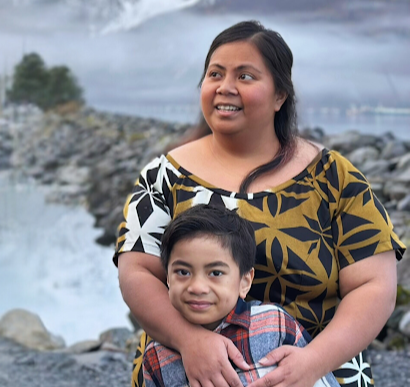
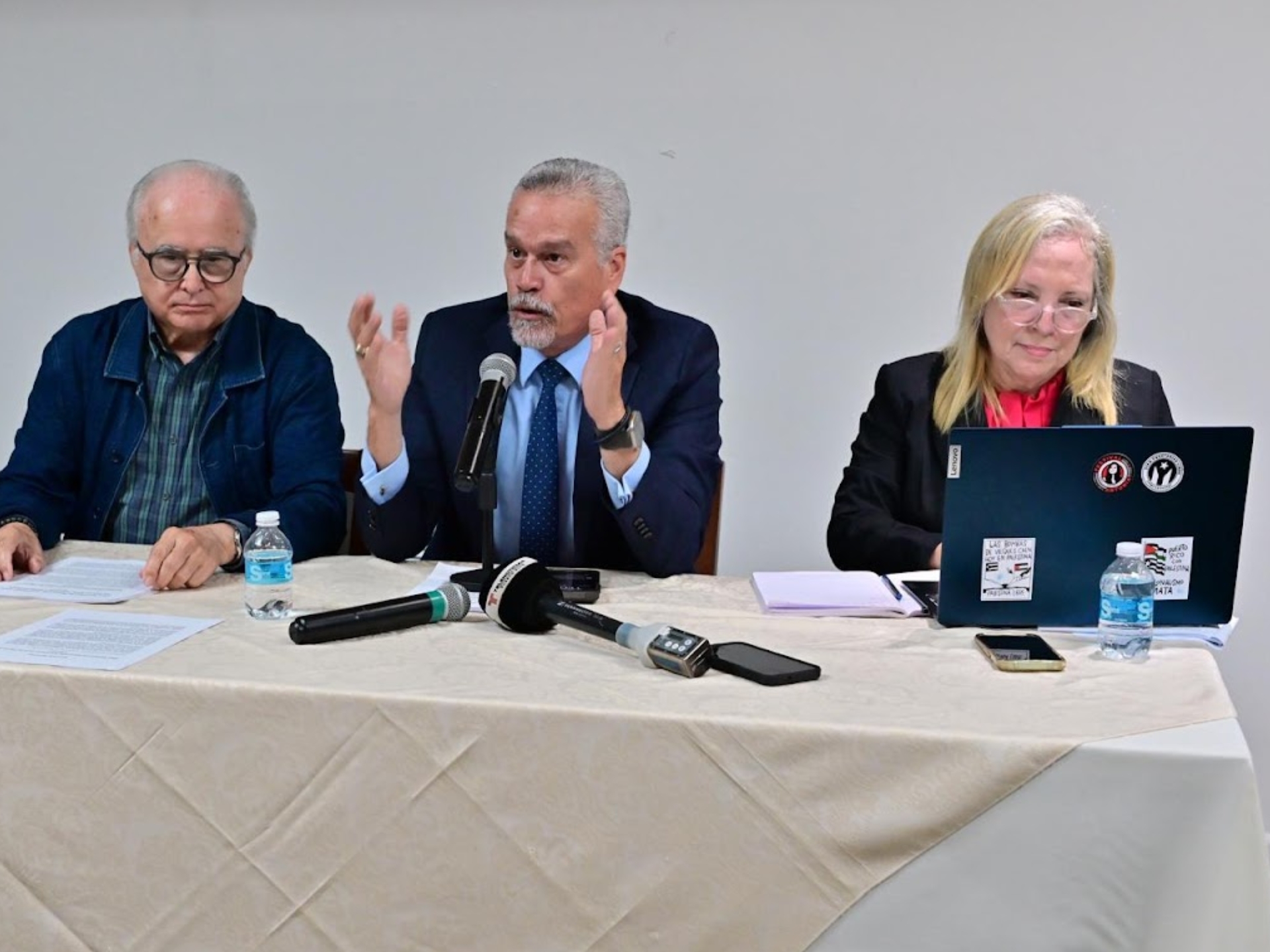

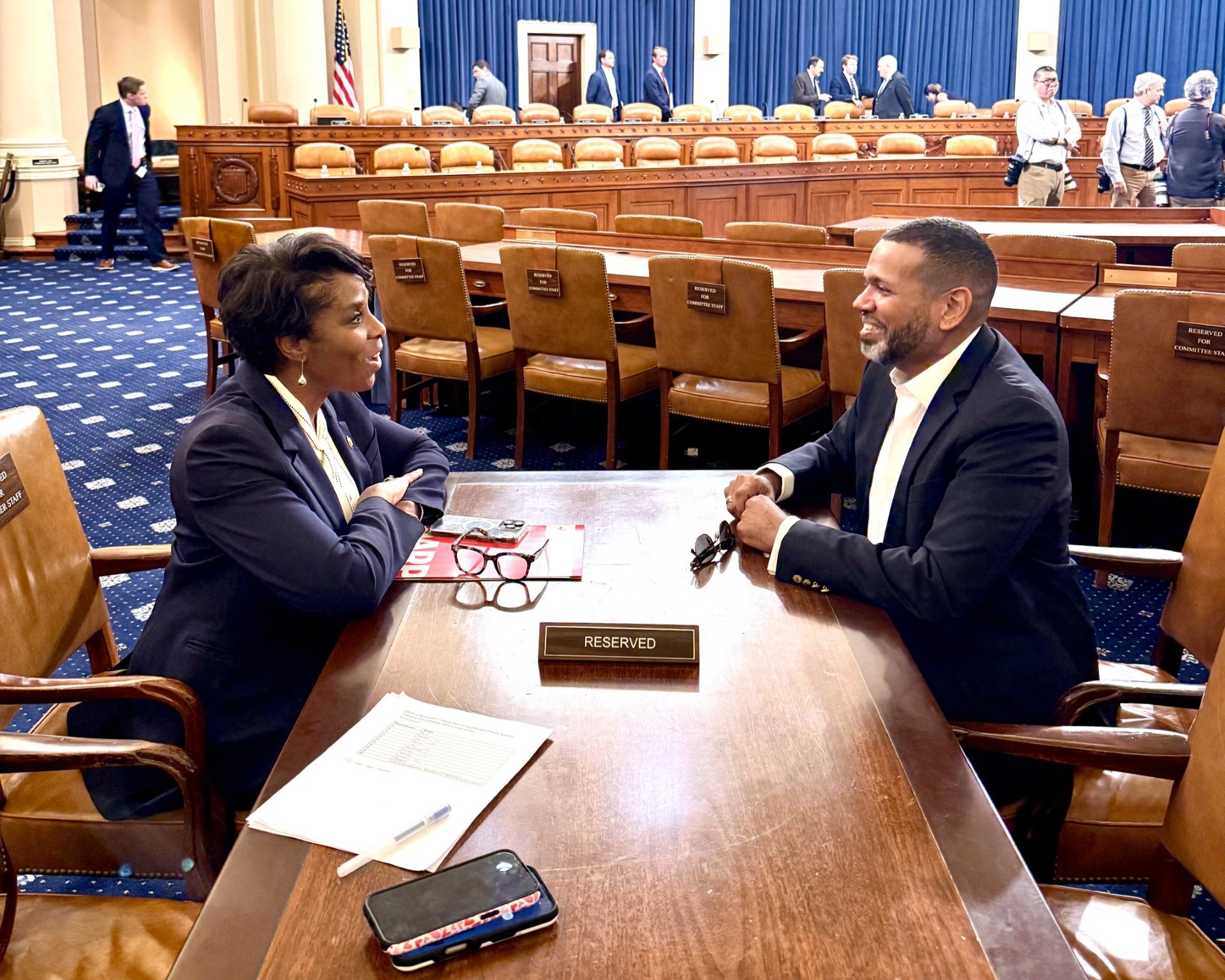
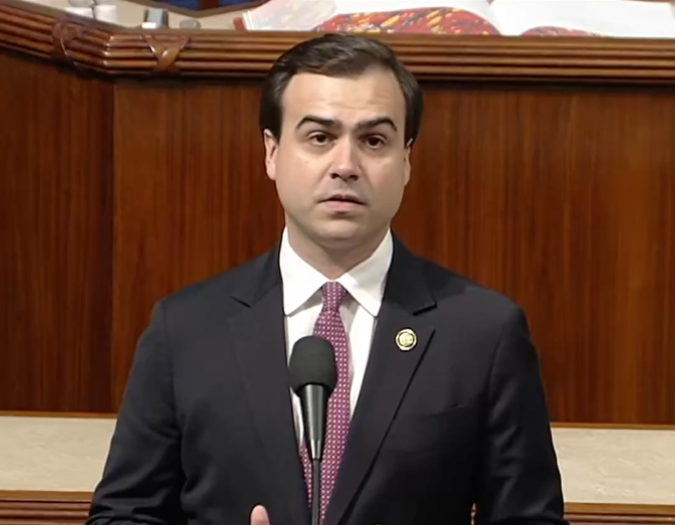
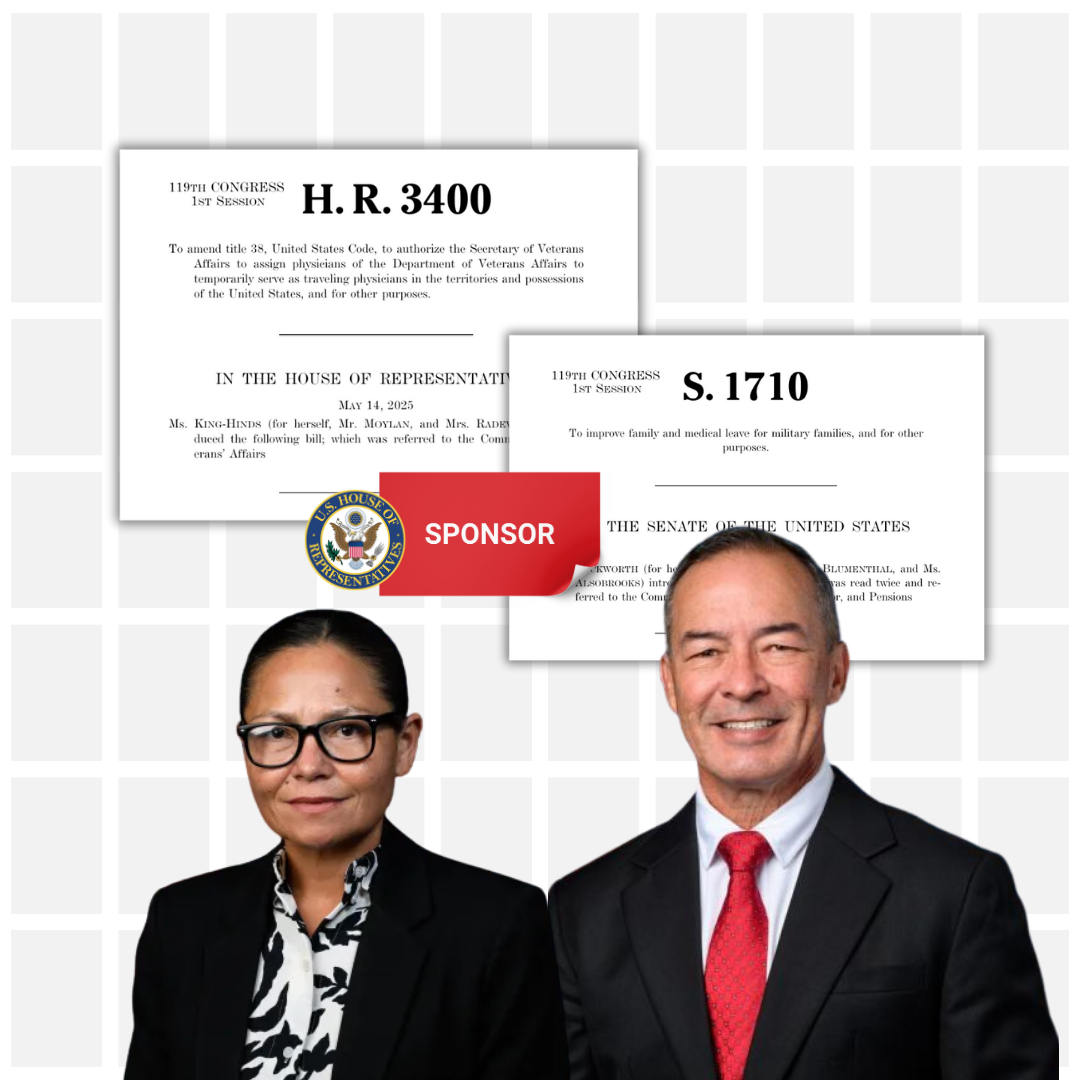
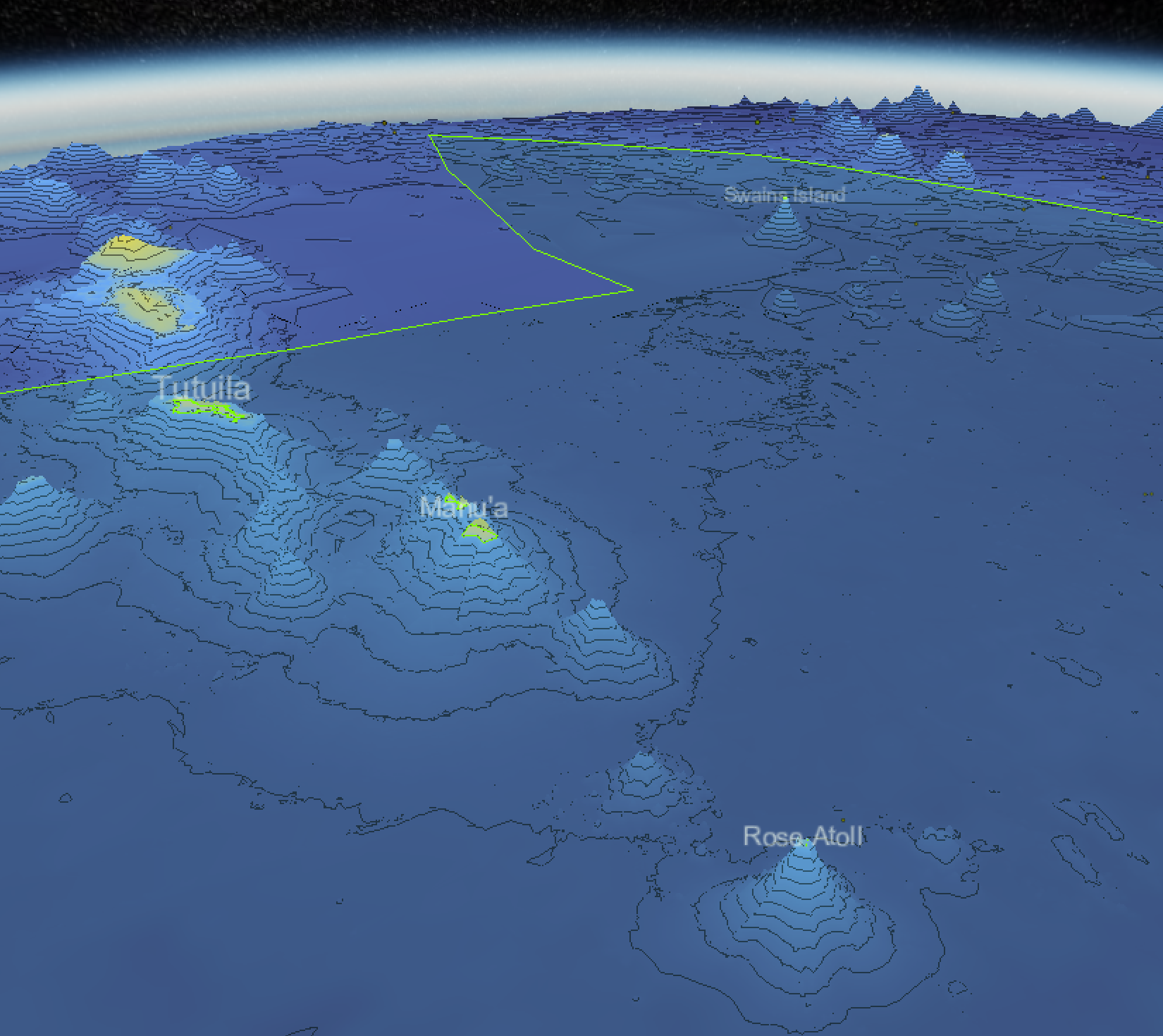
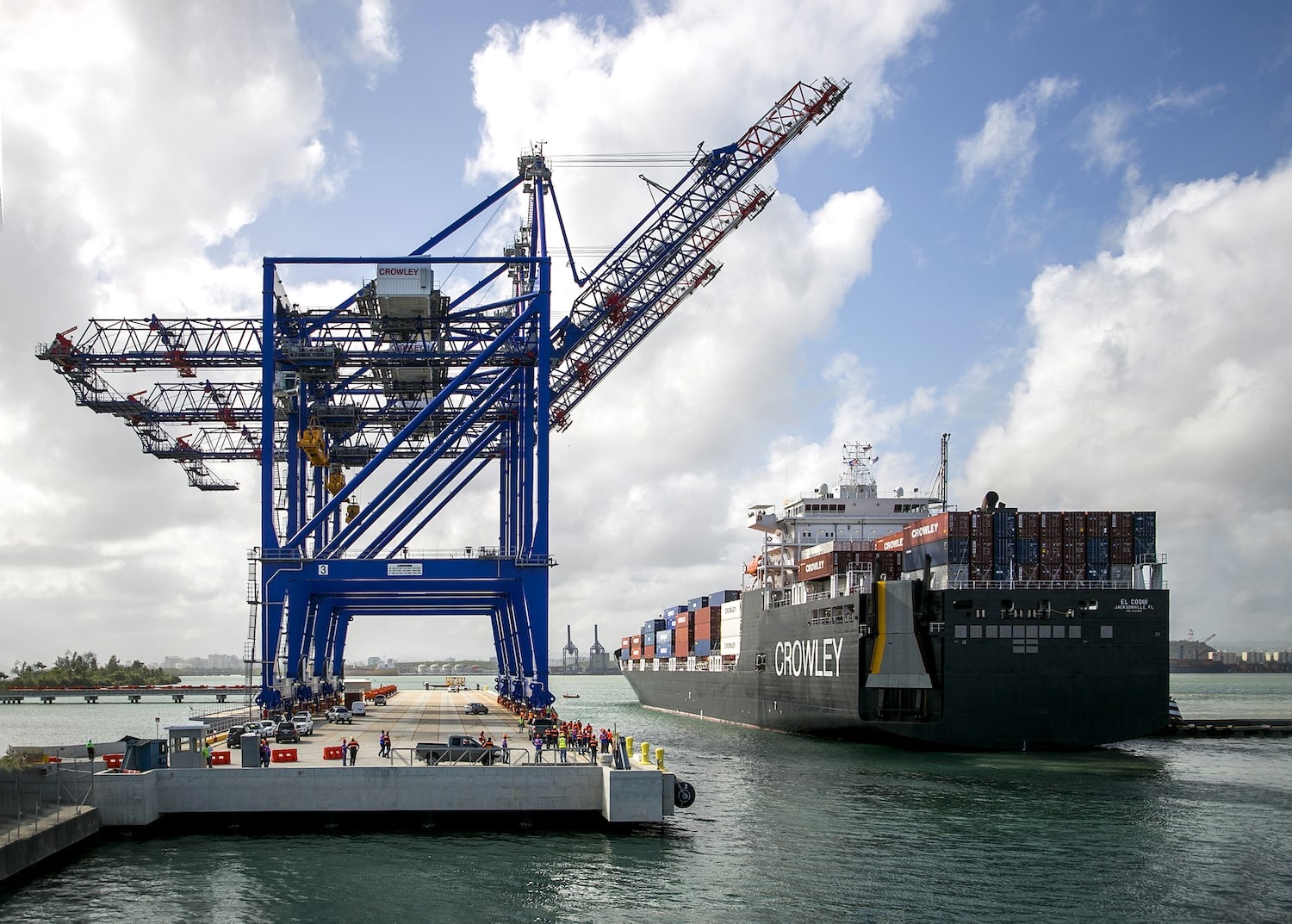
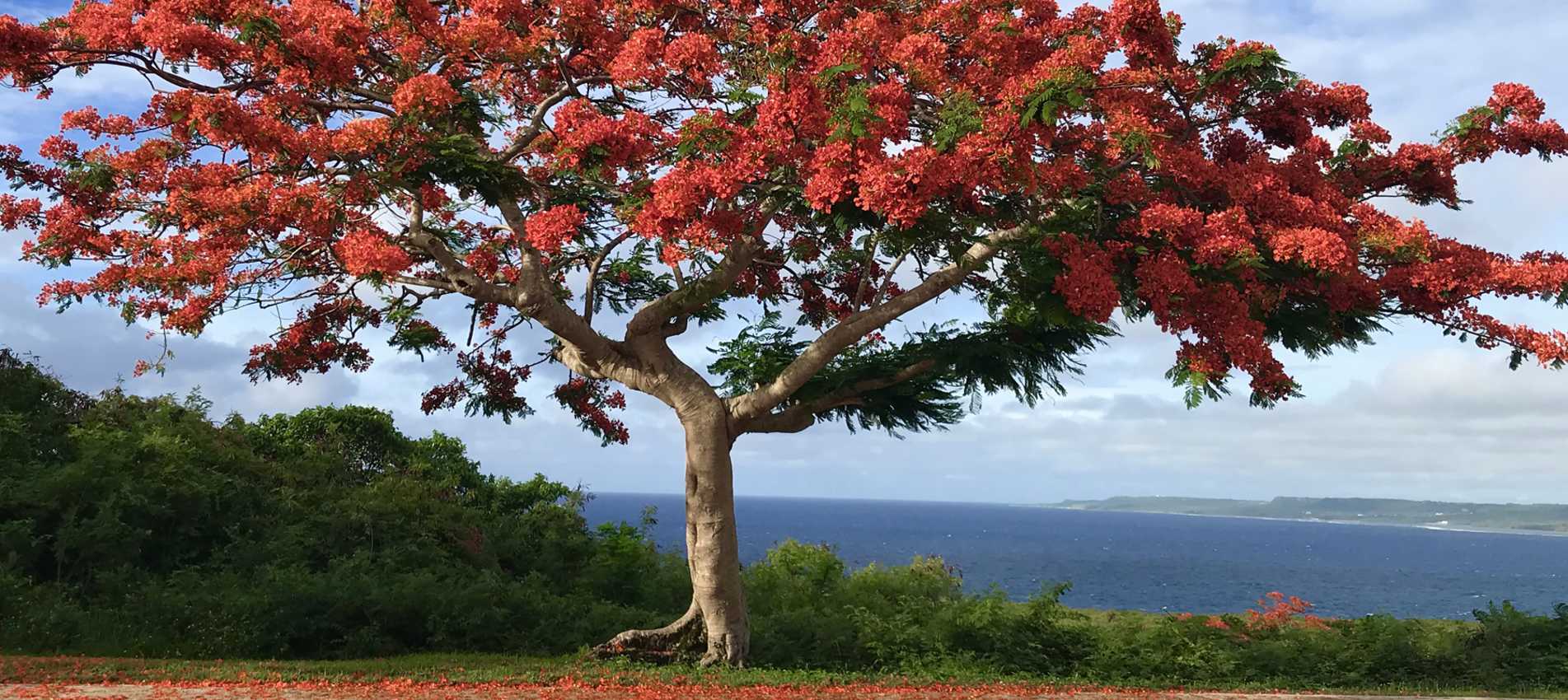
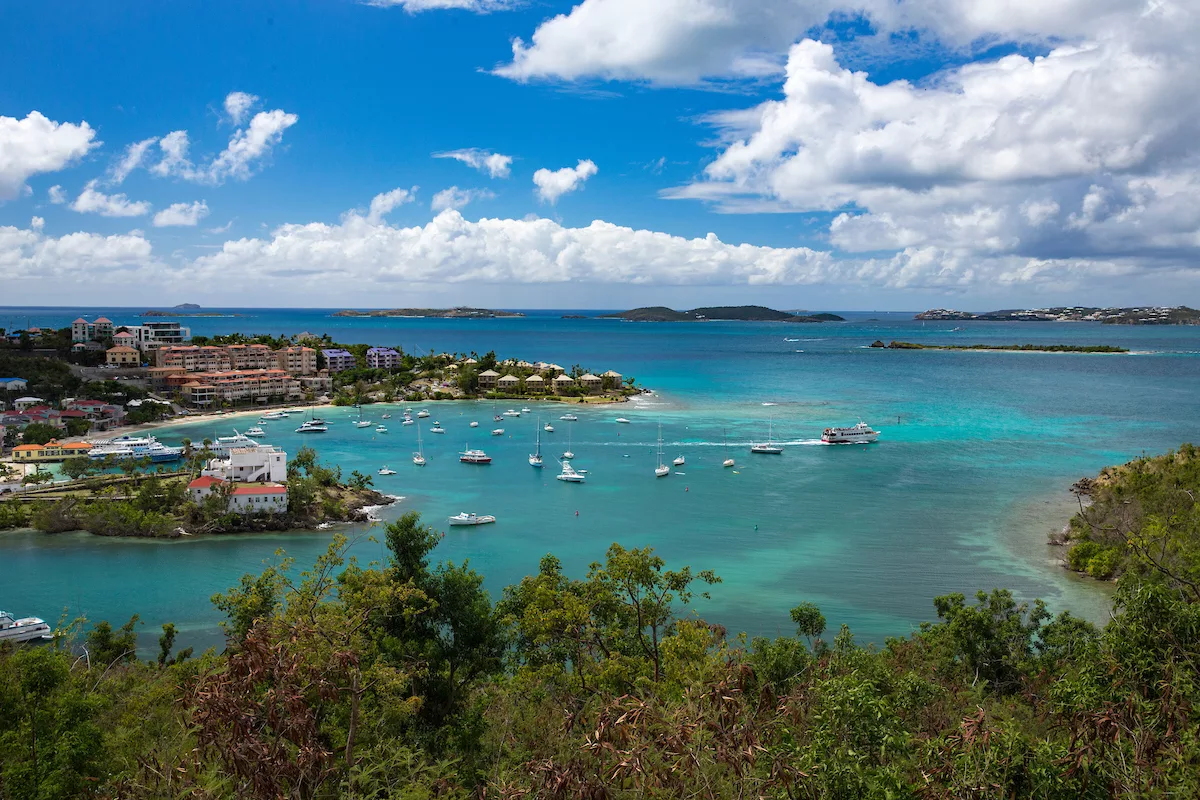
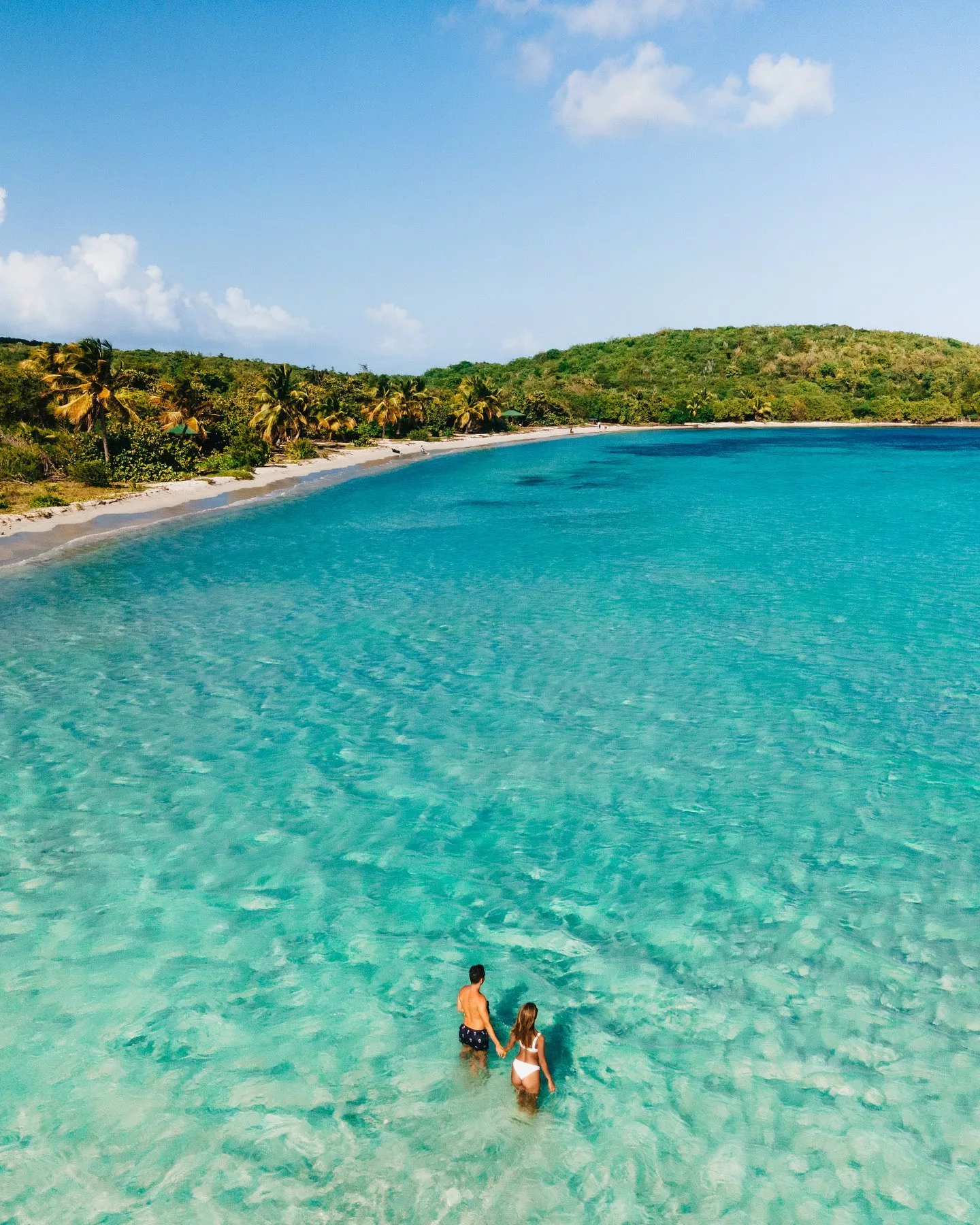
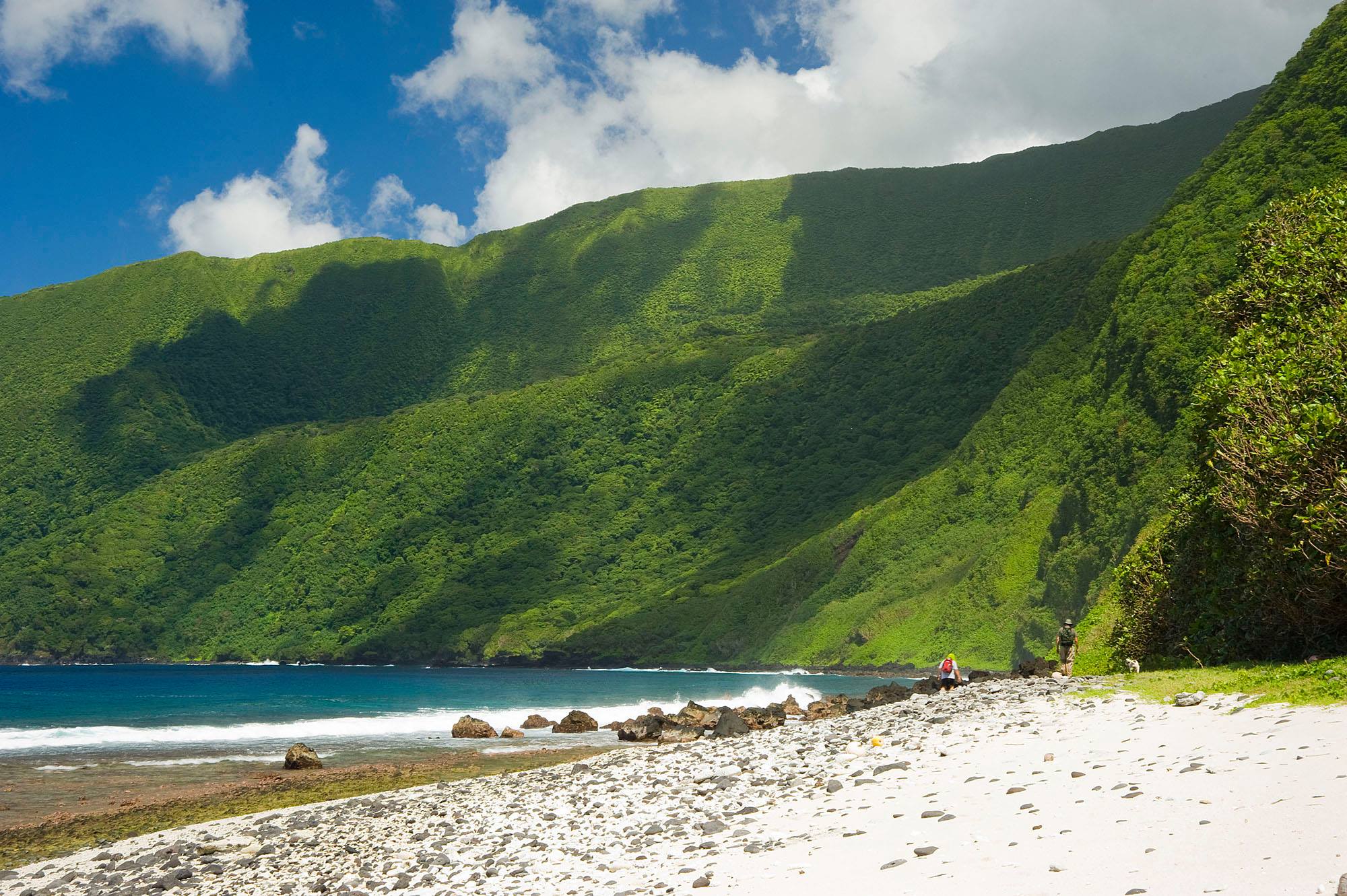
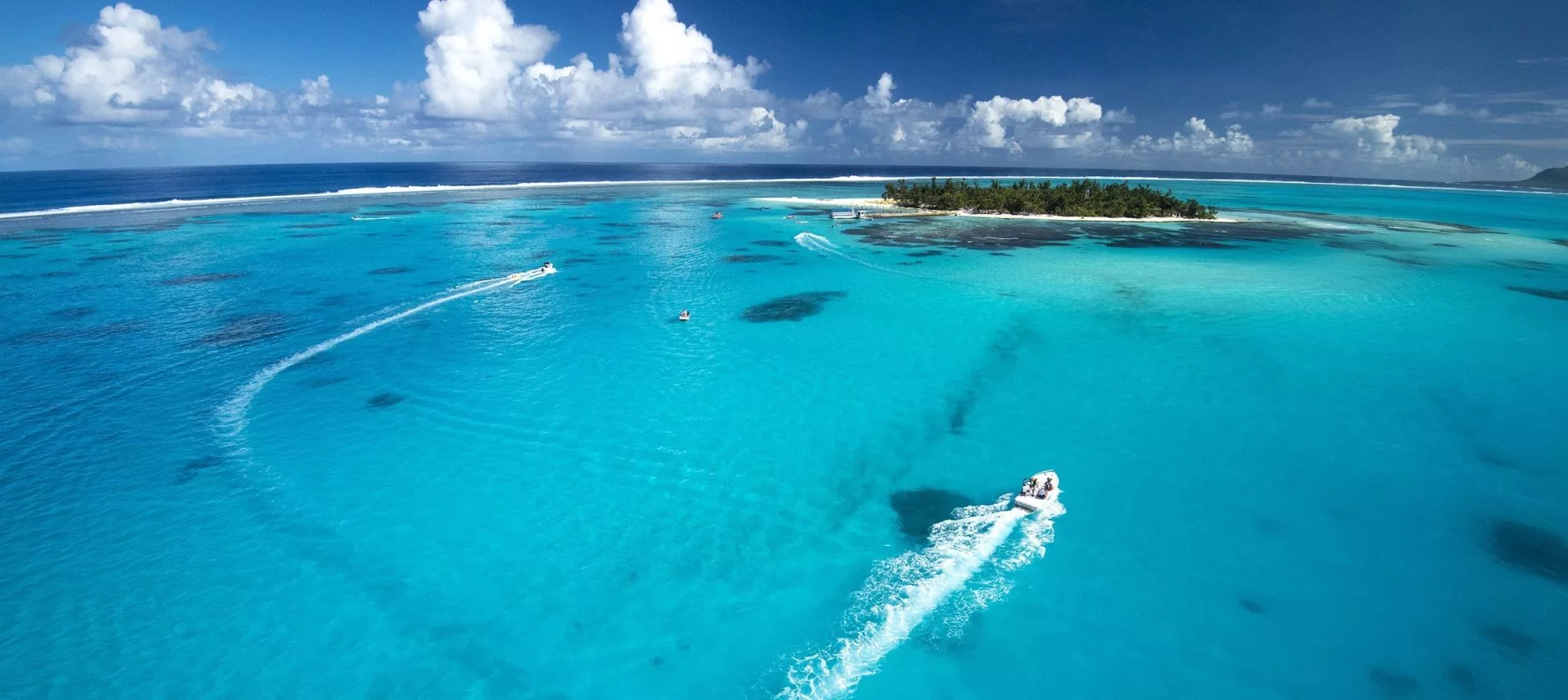


0 Comments
Trackbacks/Pingbacks